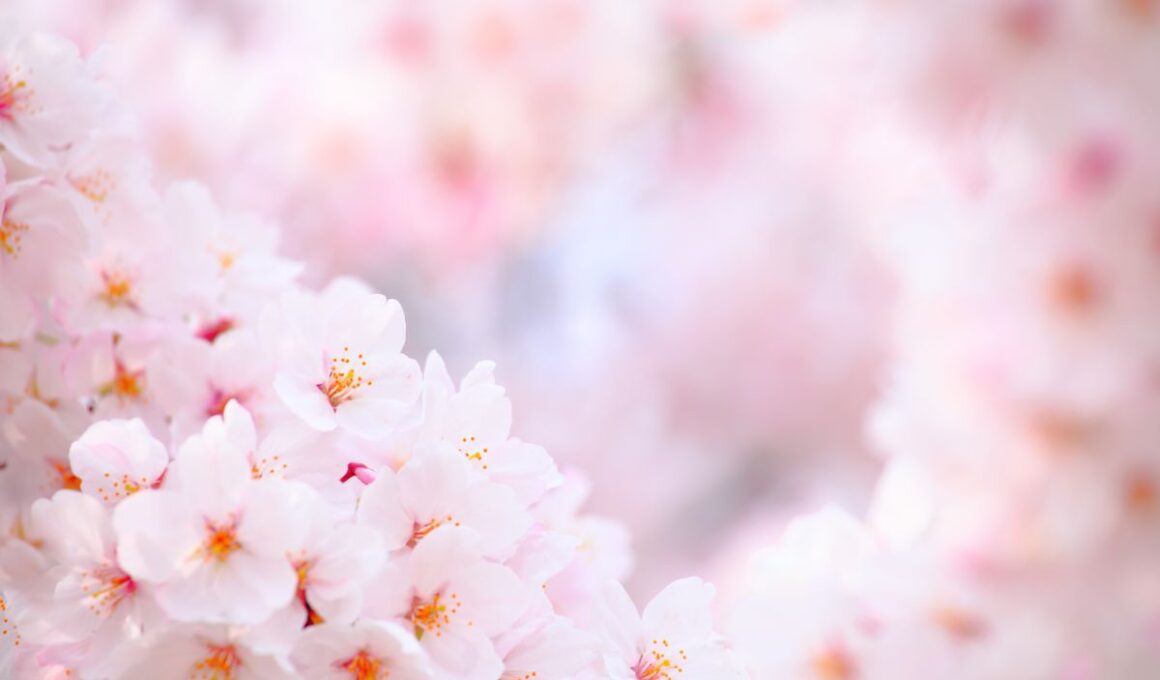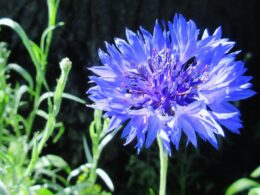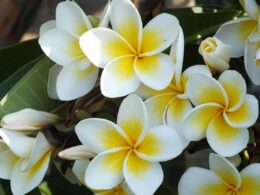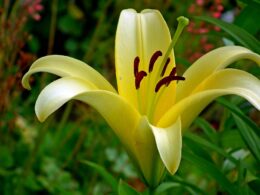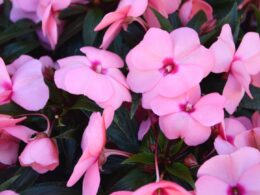What’s Hanakotoba?
Hanakotoba, also known as the language of flowers, is a way of communication that has been used in Japan for centuries. It involves assigning different meanings to different flowers, and then using those flowers to send messages to others. For instance, many restaurants will use hanakotoba to create floral arrangements that convey a certain mood or message.
In addition, Japanese flowers are often used in funerals and other solemn occasions, as it provides a way to express feelings that may be difficult to put into words. Whether you’re looking to send a romantic message or honor the memory of a loved one, the Japanese flower is an elegant way to communicate.
Japanese Flowers Meanings
Flowers play an important role in Japanese culture and are often given as gifts on special occasions. The hanakotoba tradition is still alive and well today, with many people using flowers to send subtle messages or show their feelings. If you’re interested in learning more about this beautiful language, read on for a list of popular Japanese flowers and their meanings.
Sakura (Cherry Blossoms)
The cherry blossom is perhaps the most iconic flower in Japan. These delicate blossoms signify the fleeting nature of life and are often associated with samurai warriors, who were known for their brief but intense existence.
The Sakura also has strong ties to the nationalistic feelings of the Japanese people. The short-lived blooming period of this Japanese flower has come to symbolize the ephemeral nature of existence, an important concept in Buddhist teachings. The flowers are usually pink, and they have a very delicate, almost transparent appearance. Sakura flowers are often associated with springtime, as they typically bloom around April. The flowers only last for a few days before falling off the tree, and this is often seen as a metaphor for the transience of life.
Because of their associations with springtime and new beginnings, cherry blossoms are often given as gifts to celebrate births, graduations, and other special occasions.
Botan (Peony)
The peony is another popular flower in Japan and is often seen in traditional art and literature. In Japan, the botan (peony) is a symbol of bravery. The flower is said to represent strength and courage in the face of adversity. The botan is also associated with the samurai, the legendary warriors of Japan. These warriors were known for their skill and strength in battle, as well as their adherence to a strict code of honor. Today, the botan remains a popular symbol of strength and courage in Japan.
Kigiku and Shiragiku (Chrysanthemum)
Kigiku, also known as the chrysanthemum, this flower is a symbol of autumn and the Japanese imperial family. This Japanese flower has been adopted as the official crest of the emperor and is often seen on government buildings and official documents. In addition to its regal associations, the kigiku is also said to represent longevity and rejuvenation.
Shiragiku on the other hand, which is a white chrysanthemum, has a slightly different meaning. The white chrysanthemum is a symbol of purity, innocence, and modesty. It’s often used in religious ceremonies.
Fuji (Wisteria)
For centuries, the Fuji has been revered as a symbol of strength and longevity. The wisteria flower is a beautiful, fragrant bloom that is often used in bouquets and floral arrangements. The scientific name for the wisteria flower is Wisteria sinensis. The wisteria flower is native to China and Japan, but it has been introduced to many other countries around the world. The flowers are typically a lavender or blue color, but they can also be white or pink.
Sunflower
The sunflower is a beautiful and unique flower that has long been associated with the sun. In Japan, the sunflower is seen as a symbol of respect and radiance. After the atomic bombing of Hiroshima, sunflowers were some of the first plants to bloom again. The sunflower’s ability to thrive in difficult conditions is seen as a symbol of hope and resilience. In recent years, the sunflower has become increasingly popular in Japan, with many people choosing to grow them in their gardens. The sunflower’s popularity is likely due to its simple beauty and its strong connection to the natural world.
Hydrangea
The hydrangea is a symbol of pride in Japan. It is often given as a gift to apologize for something or to show gratitude. Hydrangeas are usually grown in pots or gardens, and they require regular watering and fertilizing. When it comes to choosing a color, white hydrangeas are the most popular, but they also come in pink, blue, and purple.
Red Spider Lilly
The red spider lily is a symbol of sweet love in Japan. This Japanese flower is often given to someone you are attracted to or have just started dating. Red spider lilies grow in damp areas such as rice fields and gardens. They can also be found in the wild in some parts of Japan. The flowers bloom in late summer or early autumn.
Iris
The iris is a symbol of good news and loyalty in Japan. This flower is often given as a gift to celebrate a special event or to show appreciation. Irises grow best in humid environments such as gardens and ponds. They come in various colors, but the most popular are blue and purple.
Tsubaki (Camellia Red)
Tsubaki, also known as camellia red, is a deep red color with a hint of purple. It is named after the camellia flower, which is native to Asia and has been used in Japanese art for centuries. The color of this Japanese flower is said to represent love, passion, and romance. It is also associated with luck and good fortune. In recent years, tsubaki has become popular among fashionistas and celebrities alike.
Tulips
Tulips are very popular spring flowers. They come in a variety of colors and are often used in bouquets and arrangements. In Japan, the color of the flower is also important when it comes to the meaning. For instance, red tulip flowers often symbolize fame or trust, while yellow tulips mean one-sided love.
Ajisai
Ajisai is a type of hydrangea that is common in Japan. The flowers are usually blue or purple, but they can also be white or pink. This Japanese flower blooms in early summer, and the flowers often last until late summer or early fall. The ajisai is known for its hardiness and resilience, two qualities that are highly prized in Japanese culture. Because of its connection to these values, the ajisai is often seen as a symbol of strength and perseverance.





